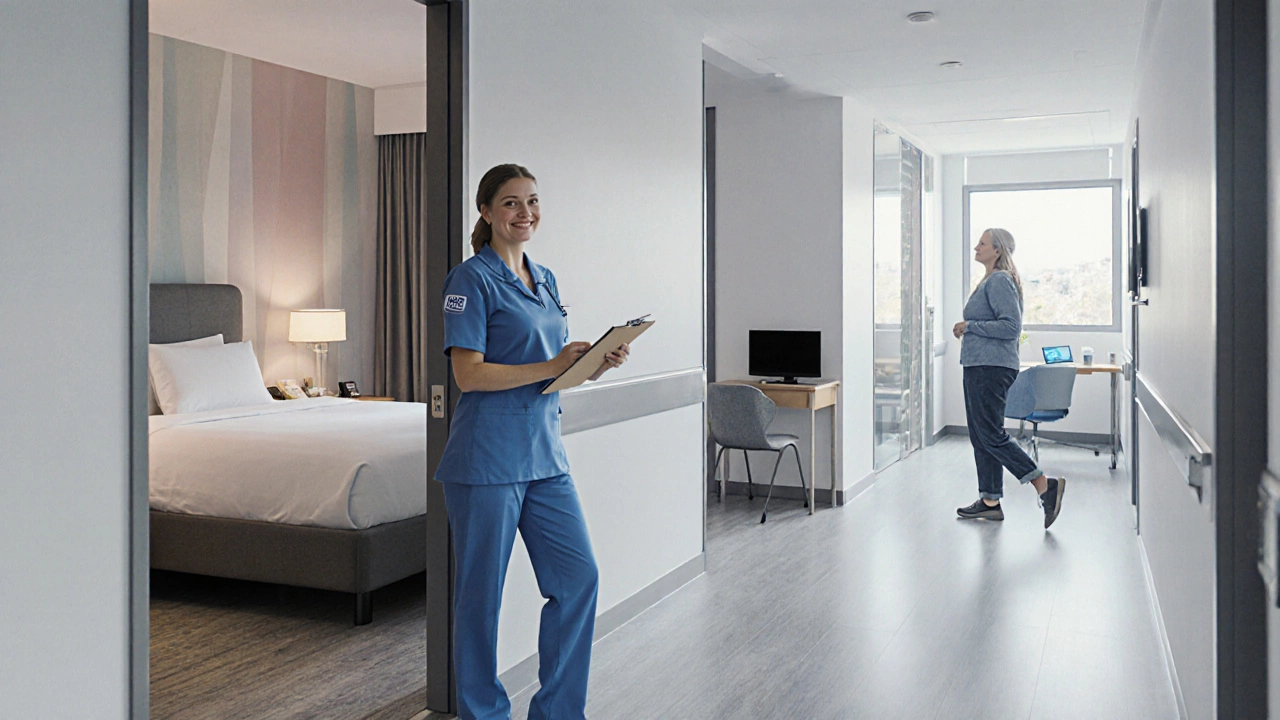Private Room NHS – Understanding the Option and Its Impact
When you hear private room NHS, it refers to a hospital accommodation that offers a single‑occupied space while still being part of the National Health Service system, also called NHS private rooms. This setup blends public‑funded care with the comfort of a personal space, giving patients a quieter environment without leaving the NHS framework.
Another key player is NHS, the publicly funded health service that provides free medical treatment at the point of use. The NHS runs hospitals, clinics, and community services across the UK, and its policies shape how private rooms are allocated. National Health Service often coordinates with private providers to ensure patients can access a private room when clinical need or personal preference justifies it.
On the other side of the equation sits private healthcare, a sector where patients pay directly or through insurance for services not fully covered by the NHS. Private healthcare companies own or manage many of the private rooms attached to NHS hospitals, offering faster booking, extra amenities, and sometimes specialist staff. This relationship means a patient can stay in a private room while receiving NHS‑funded treatment, but the extra cost is covered by a private health plan or out‑of‑pocket payment.
Patient privacy is a core reason people choose a private room. patient privacy, covers the right to a confidential, undisturbed environment during hospital stays. In a shared ward, noise, lighting, and frequent interruptions can affect recovery. A private room reduces these factors, often resulting in shorter stays and higher satisfaction. The privacy benefit links directly to better sleep quality, lower infection risk, and a sense of control over one's own space.
How Private Rooms Fit Into NHS Funding and Insurance
Understanding the financial side is crucial. The NHS may cover part of a private room’s cost if it’s deemed clinically necessary, but most often the patient pays the additional fee. That’s where medical insurance, especially private health insurance policies, steps in to reimburse or directly pay for the premium room charge. Policies vary: some cover the full cost, others only a daily allowance, and a few require a deductible first.
Insurance providers evaluate the value of private rooms by looking at three attributes: cost‑effectiveness, patient outcome improvement, and demand elasticity. If a private room shortens recovery by even a day, the saved ward bed can offset the extra charge, making it an attractive option for insurers. For patients, the trade‑off is clear – pay a bit more for comfort and potentially faster healing.
There are also practical steps to secure a private room. First, check your NHS trust’s policy: some trusts reserve private rooms for specific procedures or high‑risk patients. Second, speak with your GP or hospital admissions team about eligibility. Third, review your private health insurance plan to see if it includes a “private room” rider. Finally, consider the timing – elective surgeries often have more room availability than emergency admissions.
All of these pieces – the NHS framework, private healthcare providers, insurance cover, and patient privacy – interlock to create the private room NHS experience. By understanding each entity, you can decide whether the extra expense aligns with your health goals and budget.
Below you’ll find a curated set of articles that dive deeper into related topics: the cost of private health insurance in the UK, how to negotiate medical bills, the benefits of single‑occupancy rooms for chronic pain, and more. Use them to compare options, weigh benefits, and plan the best approach for your next hospital stay.

Paying for a Private Room in an NHS Hospital: What You Need to Know
Learn if you can pay for a private room in an NHS hospital, how much it costs, the booking process, insurance coverage, and alternatives.
© 2025. All rights reserved.